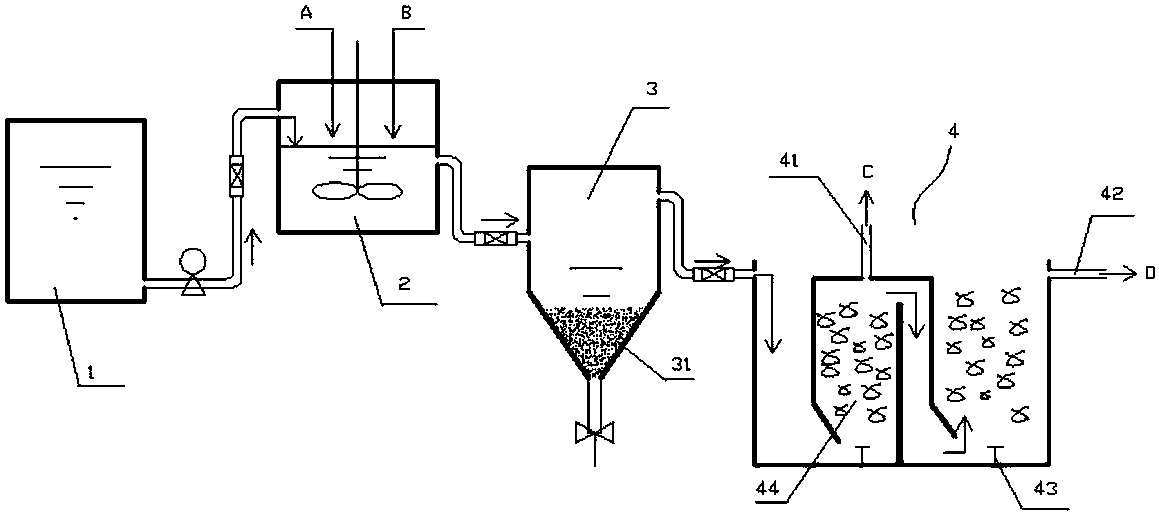The commonly used deflocculant is divided into three aspects to elaborate. Firstly, the types of common deflocculants, including organic and inorganic, are introduced. Secondly, the action principle of deflocculant is discussed, including the mechanism of adsorption, electrolysis and gel. Finally, the application fields of deflocculant are analyzed, which mainly involve water treatment, sewage treatment and textile industry. To sum up, this paper gives a comprehensive description of the commonly used deflocculants.
1, the type of deflocculating agent
Deflocculants are mainly divided into organic and inorganic two categories. Organic deflocculants include organic polymers and organic low molecules. Organic polymer deflocculants are mainly polymer compounds, such as polyaluminum chloride and polyacrylamide. Organic low molecular deflocculants are some small molecular organic compounds, such as hydroxyl compounds and ketones.
Inorganic deflocculants refer to metal salts, such as aluminum salts and iron salts. Aluminum salts include aluminum chloride, aluminum sulfate and polyaluminum chloride. Iron salts include ferric chloride and ferric sulfate. Inorganic deflocculants usually have better flocculation effect and stability.
2. The principle of deflocculating agent
The mechanism of deflocculant mainly includes adsorption, electrolysis and gel. The adsorption mechanism refers to the physical or chemical adsorption of the deflocculant with the surface of the suspended matter, and the resulting attraction effect makes the suspended matter particles combine into a flocculate and precipitate down. The electrolytic mechanism refers to the electrolytic reaction between the ionized substance in the deflocculant and the charged particles in the suspended matter to form a precipitate and achieve the purpose of flocculation. The gel mechanism means that the deflocculant forms a gel in the solution, and achieves the flocculation effect through the expansion, adsorption and deep precipitation of the gel.

3. Application field of deflocculant
Deflocculant is widely used in water treatment, sewage treatment and textile industry. In water treatment, deflocculant can be used to remove impurities such as suspended solids, pigments and heavy metals in water to improve the clarity and quality of water.
In the sewage treatment, the deflocculant can precipitate the suspended matter in the sewage, so that the sewage can be purified and meet the discharge standard. In addition, deflocculants also have important applications in the textile industry, which can remove dyes and organic substances in textile wastewater and reduce pollution to the environment.
Summary: By elaborating the types, action principles and application fields of common deflocculants, we can see that deflocculants play an important role in environmental protection and industrial production. Different kinds of deflocculants have different characteristics and application range, so it is necessary to select appropriate deflocculants according to specific situations in practical application
Wholesale POLYALUMINUM CHLORIDE LIQUID Manufacturer and Supplier | EVERBRIGHT (cnchemist.com)
Wholesale POLYALUMINUM CHLORIDE POWDER Manufacturer and Supplier | EVERBRIGHT (cnchemist.com)
Post time: Aug-11-2023








